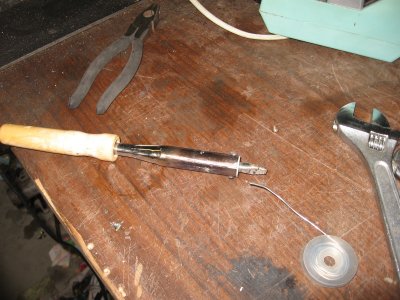
Introduction
Hard line is a term used for RF transmission with hard and stiff materials used. Simple coaxial cable is found in most "hamshacks" which typically has a center, stranded conductor with a stranded outer, shield for transporting RF power. For repeater and mountain top use you need better shielding than simple coax can offer. LMR-400 and 9913 are improved versions of this coax and does help shield the RF transport to and from other stations at the site. Commercial and some amateur repeater stations use hard line, which is far better than the mentioned coax types with better PIM rating. It does come with a high price; mainly, because more copper is used for such a line. If you happen to salvage some scrap pieces you can splice them together for that long run you may need for your repeater's antenna way up on a tower.

Hard line splice kits are expensive. They are like two connectors on the ends but specifically for just a splice. A cheaper way to do this is using some copper tubing and some physical effort. The usual hand tools plus, a high powered soldering iron will make this possible. Strip back a clean portion each end, shinny up the copper that will be soldered. The out side "shield" is a piece of 1/2" copper tubing, while the center is some 3/8" or smaller such as use for refrigerant tubing. Slide the outer shield on first, then solder the centers, then solder the shield. They should come out like the pictures.
Some technicians feel the air in this "void" should be displaced by a substance of some type. Since (dried) air won't work for LDF-4 (1/2" line) you could flood the area with silicone grease prior to sliding the outer piece it in place. However, the heat from the iron could affect the grease. This is the reason for using a high powered iron, to get on and off quickly and cool the connections with freeze mist.
The Author choose not to use the grease. After a few decades no water appeared to be in this area. Most of the installations were done in an arid climate. However, there is the possibility of condensation in high moisture areas such as near coast lines or extreme temperature changes daily. That was the original reason for the grease back in the 1960's installations. Also, remember to install a good (tape type) seal to prevent water from entering. Poor weather sealing is the number one source of degradation in radio station performance.
During R&D the Author will test-run various methods to prove performance. This project would be the same. You could try a splice both ways and put them in non-critical service for at least a year. Period RF sweeps (and other measurements) would show if this method will work. If you don't have such test equipment you could take apart both spices to check for moisture. If found, the Author would appreciate an update so any wrong information is corrected.
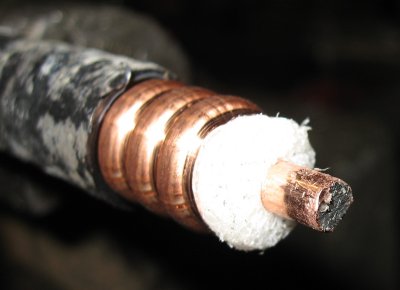
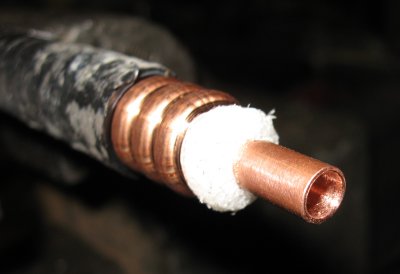
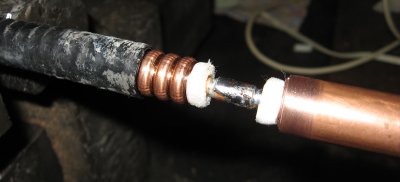

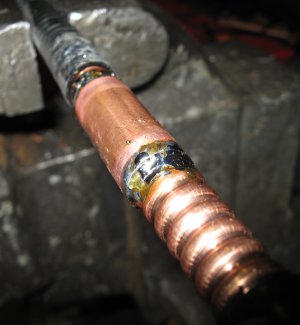
This may be copied or printed in complete form only for non-profit purposes, such as for the knowledge for the amateur radio service, with AK2O credited as designer. Other arrangements please contact the author.
Copy write: AK2O 2023
![[SRG home Direction]](images/srghome.gif)